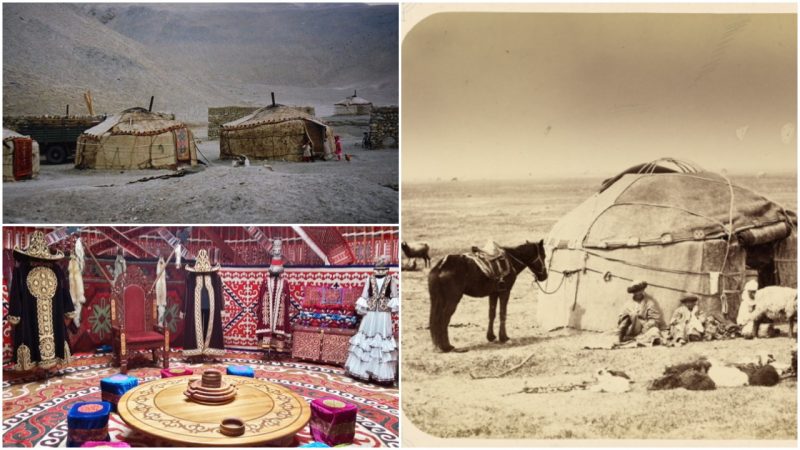Since ancient times, the Eurasian steppe that stretches from Hungary all the way to Mongolia has been home to horse-mounted nomads. Their colorful history and culture inspired numerous archaeologists, historians, and anthropologists to research the everyday lives of some of the largest nomadic tribes.
The number of these tribes that wandered throughout the Eurasian steppe is quite long, but only a few of them, such as the Mongols of Genghis Khan and the Huns of Attila, had a profound impact on the course of history.The Central Asian nomads didn’t know how to read and write until late in their cultural development, which means everything we know about their culture has been written down by scholars from Greece, Rome, and China, who had contact with them.
Perhaps they didn’t know how to read, but they sure knew how to move quickly and easily across the sea of grass in the Eurasian steppe.
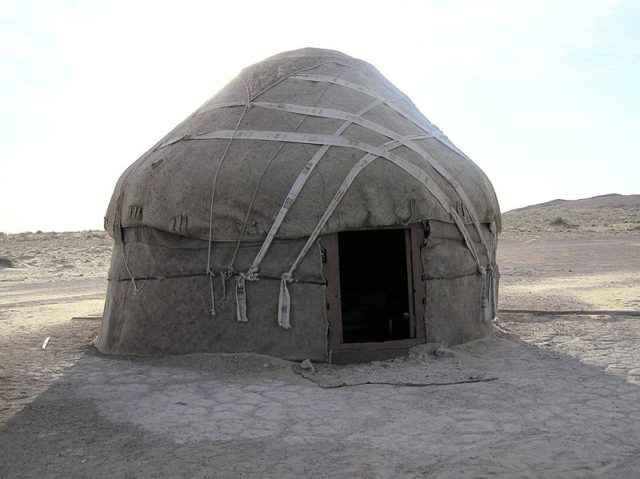
Finding pasture for the flocks was their main goal as it was crucial for their existence, so the tribes did move frequently. The extreme climate and the constant moving required a specific kind of portable home, easily packed for transport.
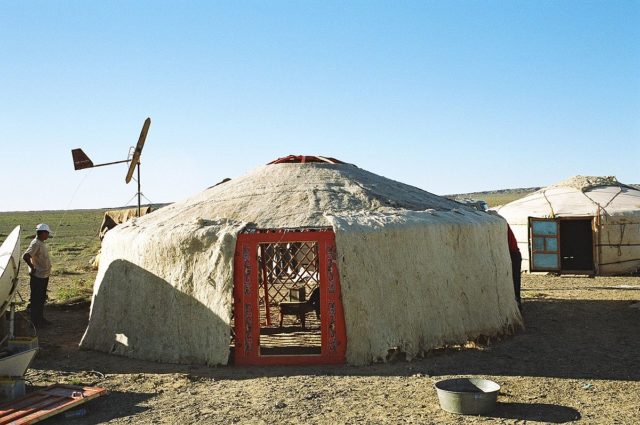
The traditional home for many nomadic tribes of the Near East and Central Asia was the yurt, also called a ger in Mongolia. No one knows for sure where the yurt originated, but what is known is that it was used by nomads in Central Asia for over 3,000 years.
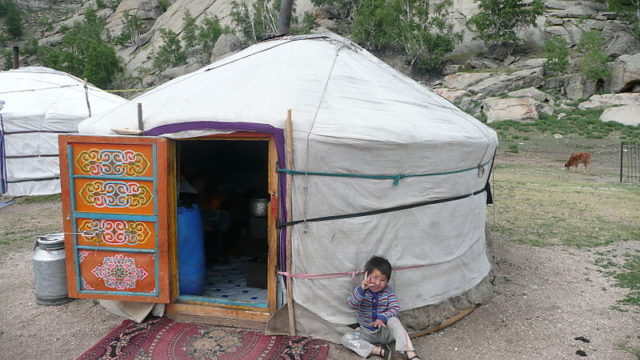
The ancient Greek writer Herodotus introduced the yurt, used by the Scythian people around 440 BC. He compared the Massagetae nomads and their way of life with the Scythians, writing that it was quite similar. Herodotus noted that the Massagetae nomads were “a people without fortified towns, living as the Scythians do in wagons which they take with them wherever they go, accustomed, one and all, to fight on horseback with bows and arrows, and dependent for their food not upon agriculture but upon their cattle.”
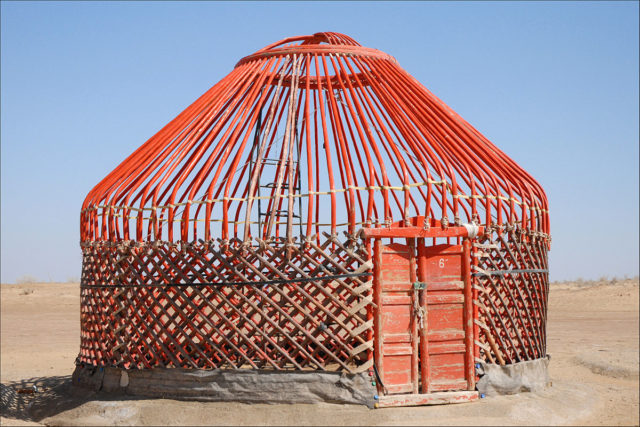
Cool in the hot summers and warm in the cold winters, yurts were a perfect home for nomadic tribes in Central Asia, spreading quickly throughout the entire Eurasian steppe. The simplicity of its shape is what made yurts the principal dwelling for almost every nomadic tribe.
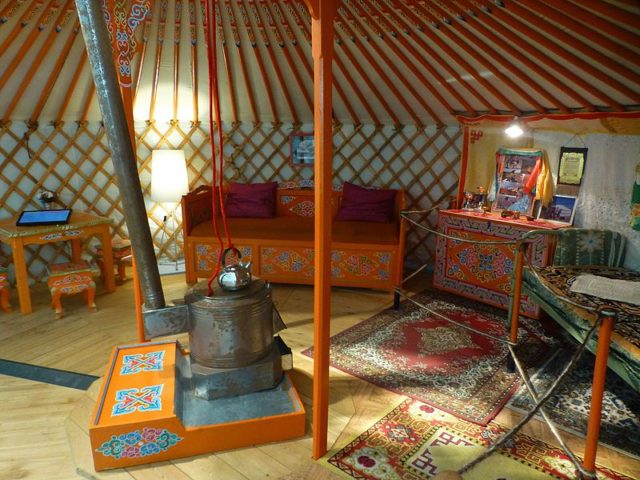
Yurts were generally made of felt from either sheep’s or camel’s wool, and every tribe had its own version, with numerous differences in style and decorations.
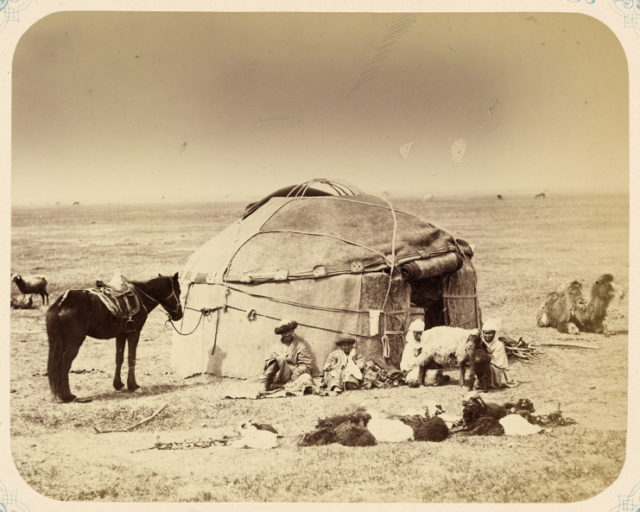
The first of the nomadic tribes to form an empire was the Huns. Their brutality and the role they played in the downfall of the Roman Empire cannot be denied, but they also contributed to the spread of the yurt. Similar to their neighboring tribes, the Huns used the yurt as their primary dwelling, and as their empire grew in power and size they also introduced the yurt to the tribes they conquered.
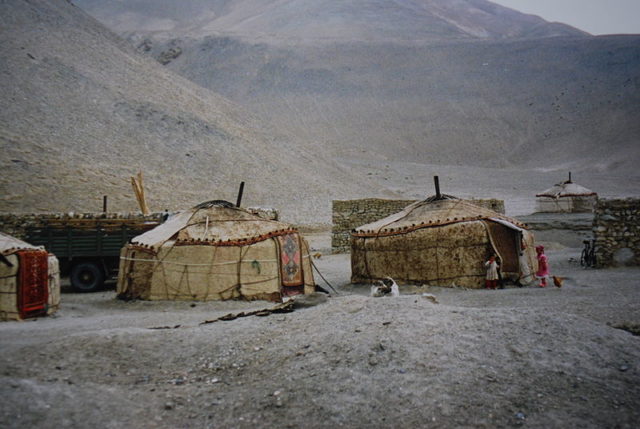
However, the biggest promoter of yurt culture was undoubtedly the Mongol Empire–the largest contiguous empire the world has ever seen. Covering nearly 20 percent of the earth’s landmass, the Mongol Empire had a profound influence on nearly 30 percent of the world’s population. The yurt spread quickly all the way to Eastern Europe.
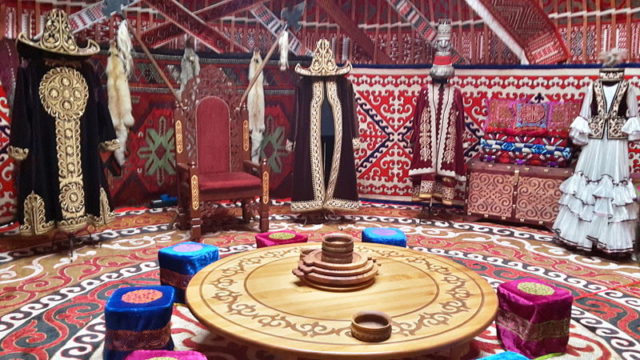
The famed Italian explorer Marco Polo, who spent 17 years at the court of Qublai Khan, noted: “Their huts or tents are formed of rods covered with felt, and being exactly round, and nicely put together, they can gather them into one bundle, and make them up as packages, which they carry along with them on their migrations, upon a sort of cart with four wheels. When they have occasion to set them up again, they always make the entrance front to the south. Besides these cars, they have a superior kind of vehicle upon two wheels, covered likewise with black felt, and so effectually to protect those within it from wet, during a whole day of rain. These are drawn by oxen and camels, and serve to convey their wives and children, their utensils, and such provisions as they require.”
Read another story from us: The Chaukhandi Tombs: historical graveyard of the Jokhio tribe
Even today, yurts are deeply associated with Mongolia and there is a good reason for it: about 90 percent of the rural population of Mongolia still live in this type of dwelling.
